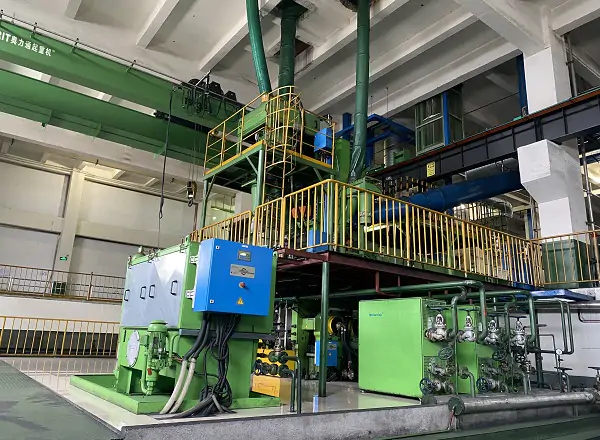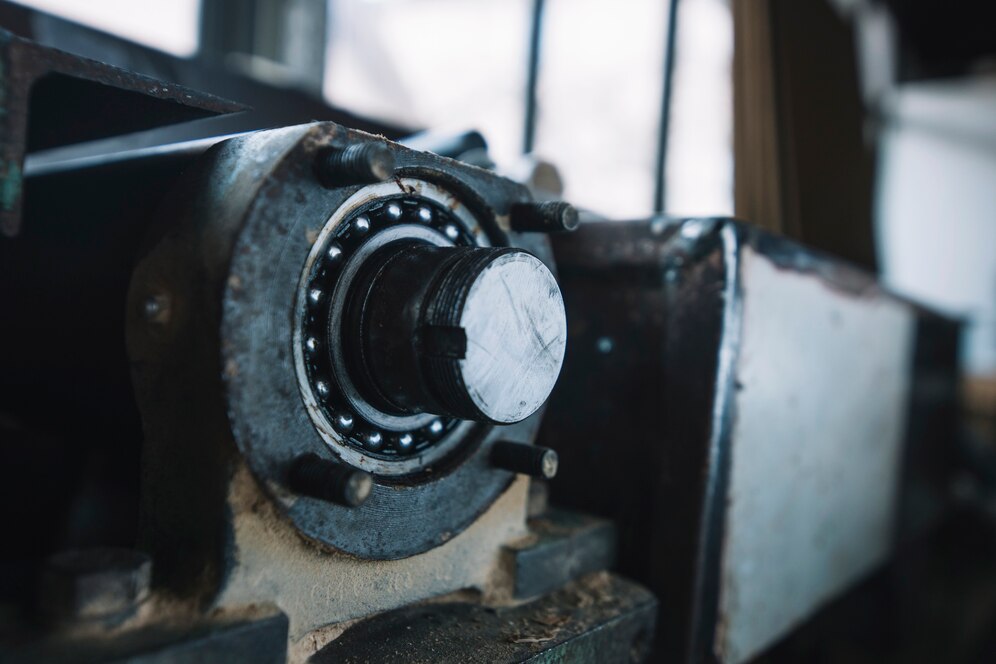Permanent magnet synchronous motors (PMSM)and synchronous reluctance motors bear their importance in the sphere of contemporary motor technologies. Though these motors structurally come under the synchronous motors family, there is a considerable difference in design and operation principles, and areas where they are applied.
In most PMSMs, the rotor is made from high-performance, rare-earth permanent magnet material such as neodymium-iron-boron (NdFeB) or samarium-cobalt (SmCo), which provides a strong magnetic field without any external excitation power. The stator includes an iron core and windings in which a three-phase alternating current is passed to create a rotating magnetic field. Normally, the rotor structure for a PMSM is simple, small, and lightweight.
Most SynRMs adopt a unique rotor configuration, which is normally of the non-stacked type, a common way to reduce the eddy current loss within it. There are no permanent magnets on the rotor; the torque is instead developed using the high-reluctance characteristics of silicon steel sheets. The structure of the stator will then be essentially identical to the PMSM: iron core and windings. The SynRM rotor structure is relatively complicated, although less costly than making the rotor.

The operating principle of the PMSM is essentially based on one interaction of magnetic fields. According to this, when the windings on the stator are excited, the rotational magnetic field developed interacts with the magnetic field of the permanent magnets mounted on the rotor, thereby forcing it to follow the rotation exerted by the rotating magnetic field. In the PMSM, proper regulation of rotational speed and torque is possible by way of appropriate frequency, phase, and amplitude control of stator current.
Synchronous reluctance motor vs permanent magnet. In a SynRM, the energizing of stator windings creates a rotating magnetic field that causes a change in reluctance in the rotor. It automatically adjusts its position to minimize the reluctance and thus achieves synchronous rotation with the rotating magnetic field. The SynRM depends on the variation of reluctance in the rotor for torque production and hence most of the torque characteristics of the SynRM are different from those of the PMSM.
Permanent magnets being used as a magnetic field source are responsible for the high efficiency and low energy consumption of PMSMs. For higher speeds, under rated load conditions, PMSMs will normally give better efficiency. SynRM requires an additional current supply to produce magnetic fields and hence is a little less efficient than PMSM. It may be different under partial load conditions since SynRM can optimize performance according to the current level adjustment.
Precise changing frequency, phase, and amplitude of stator current, high efficiency, wide-speed range, and good performance on speed control enable the PMSMs. On the other hand, it is dynamically responsive that any change in load is readily responded to by the motor, which may not be overheard. Although SynRM suffers from a few disadvantages such as relatively low speed and dynamic response as compared with PMSM, the control strategy required is considerably reduced so that the design of the control system is comparatively simple.
Thermal performance and reliability The permanent magnet material of PMSM is made from rare earth permanent magnet material whose high-temperature resistance performance is relatively good. Its danger is the risk in high-temperature environmentsoft permanent magnet demagnetization. In addition, it’s a simple rotor structure; its structure makes PMSM more reliable. Although the SynRM has a more complex rotor structure, good thermal stability is still demonstrated, with low temperature rises so that it can maintain good performance at high temperatures. Besides, its rotor material cost is lower, thus making SynRM relatively cheap to produce.
Major reasons for PMSMs being widely used in high-end applications in electric vehicles, wind power generation, and machine tools include their high efficiency,high-speedd regulation performance, and fast dynamic response. The SynRM is applied in cost-sensitive areas such as household appliances and industrial equipment. With high thermal stability and low-temperature rise, SynRM can maintain good performance at high temperatures. Because of that, SynRM is applied in some special fields like aerospace, oil drilling, and other departments.

They are far different in structural design, operational principles, performance, and application areas between synchronous reluctance motors and PMSM. Permanent magnet synchronous motors possess higher efficiency, high-speed regulating performance, and fast dynamic response; therefore, they can control the high-end arena in the market. Applications in cost-sensitive fields, however, will be dominated by synchronous reluctance motors owing to their low prices, high thermal stability, and simple structure. Many factors have to be considered for the selection of a motor type, keeping in view the specific application requirements and scenarios, to choose the most appropriate type of motor. In the future, with continuous improvement in technology and expansion of application areas, both types of motors will be more important in their respective fields.
How does the absence of permanent magnets in SynRMs impact their environmental sustainability?
SynRMs avoid reliance on rare-earth magnets, reducing environmental concerns tied to mining and recycling of materials like neodymium.